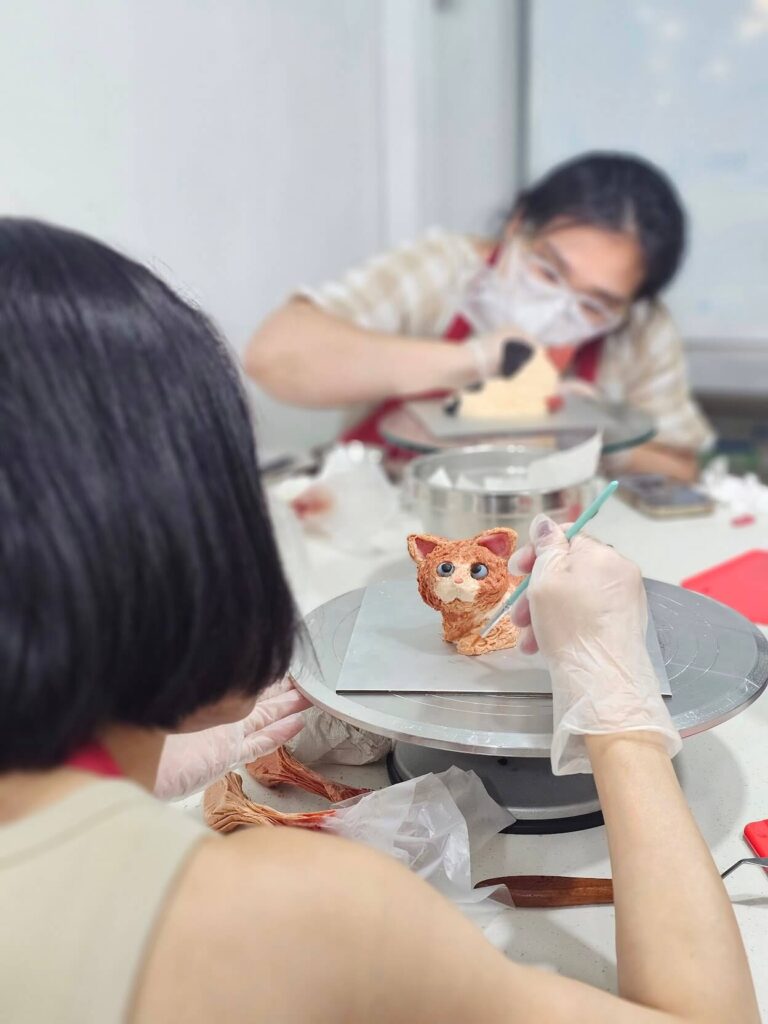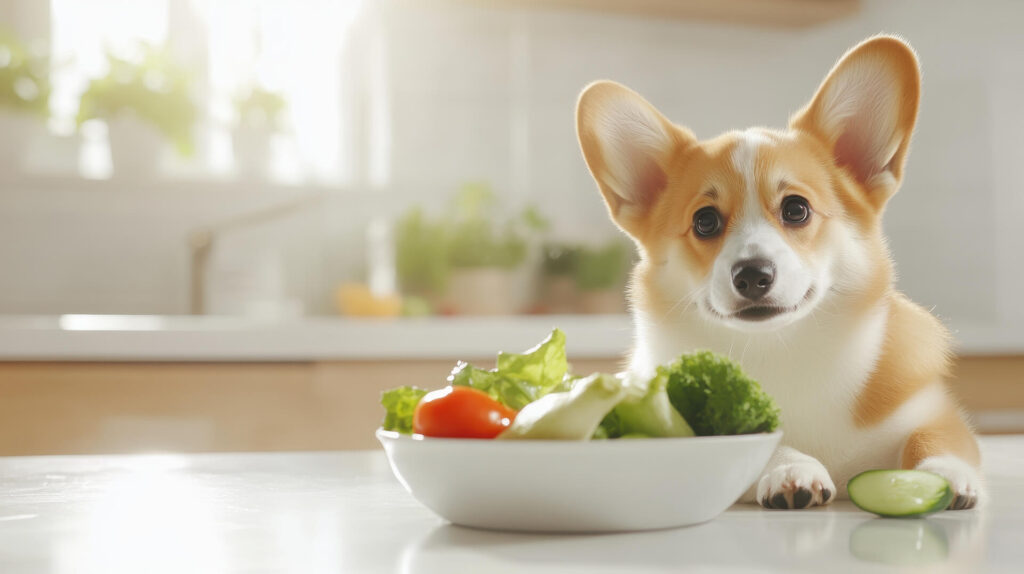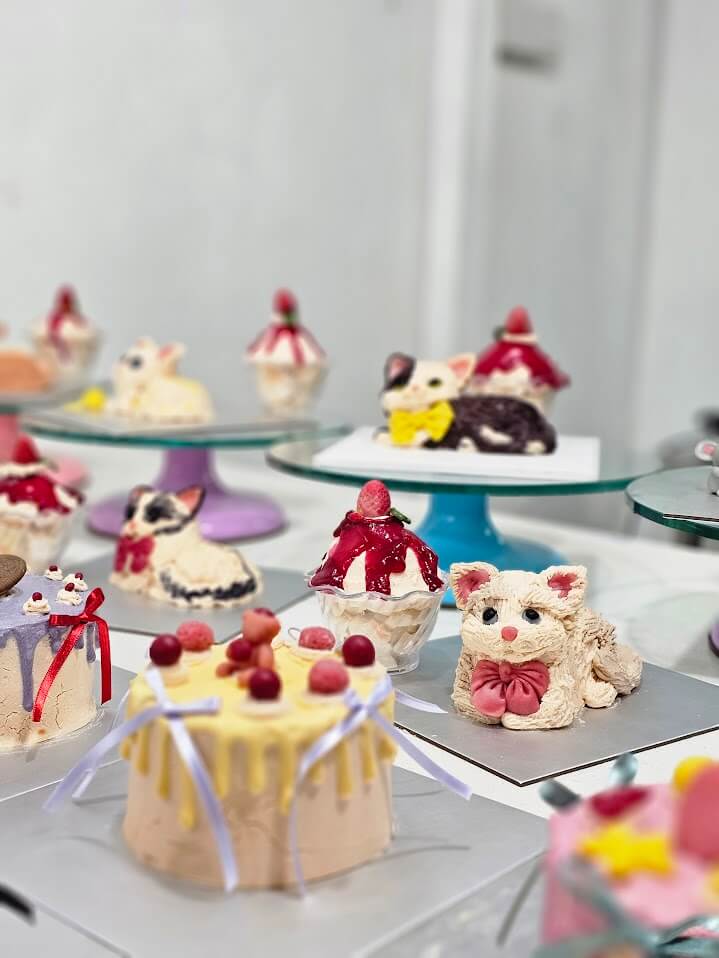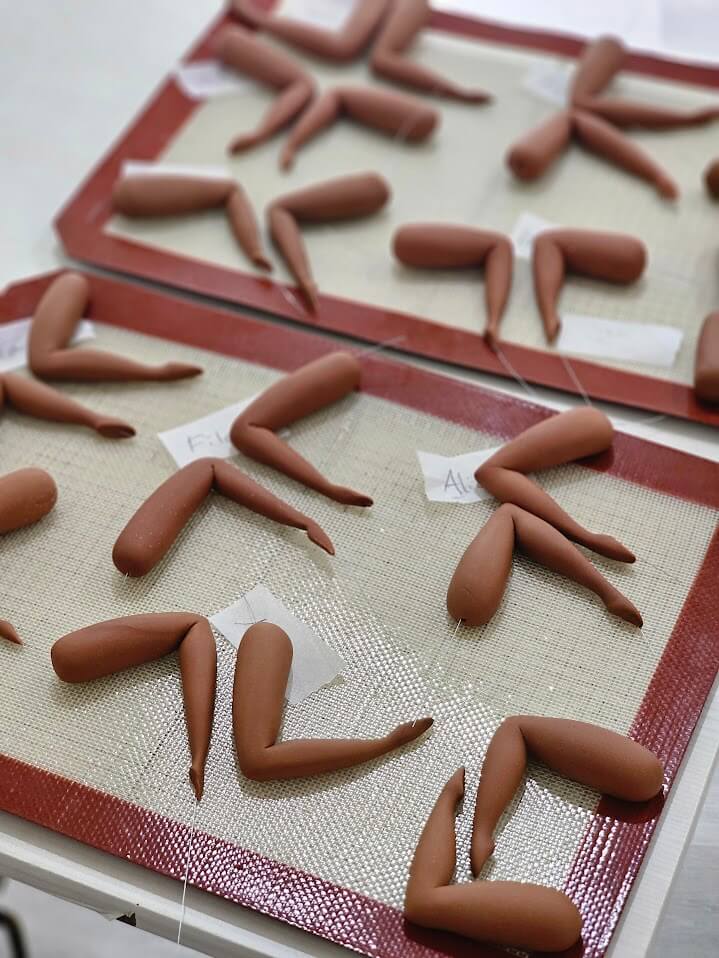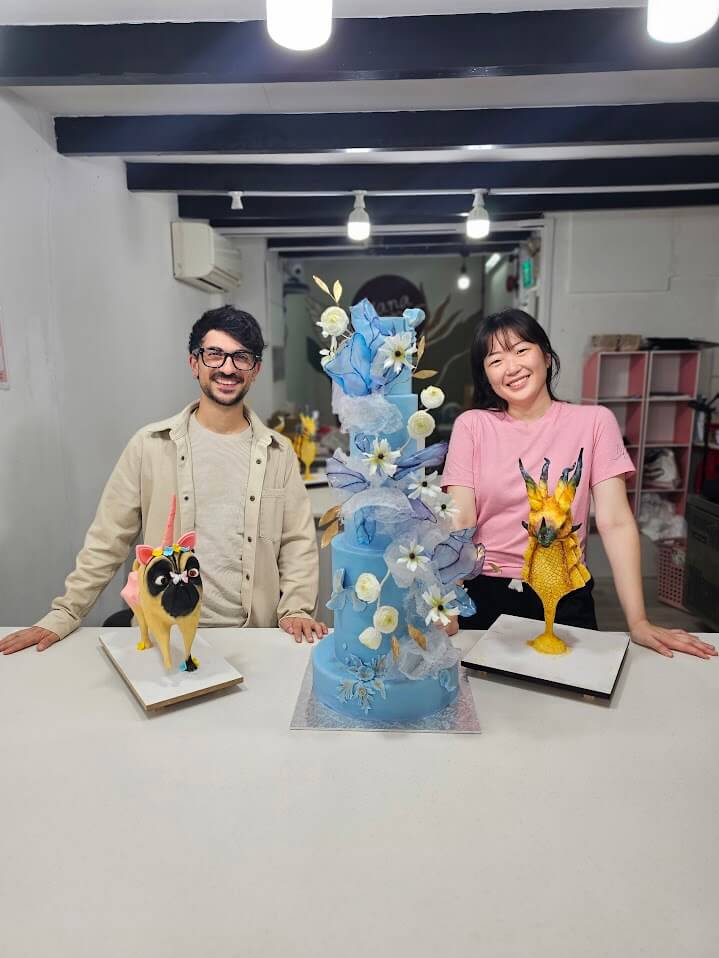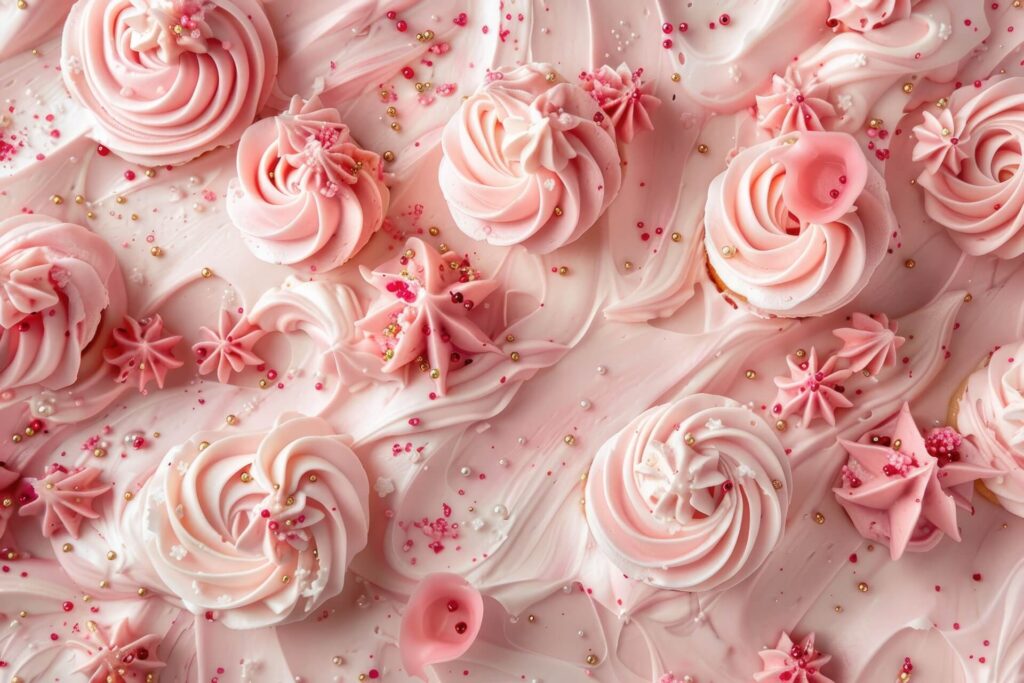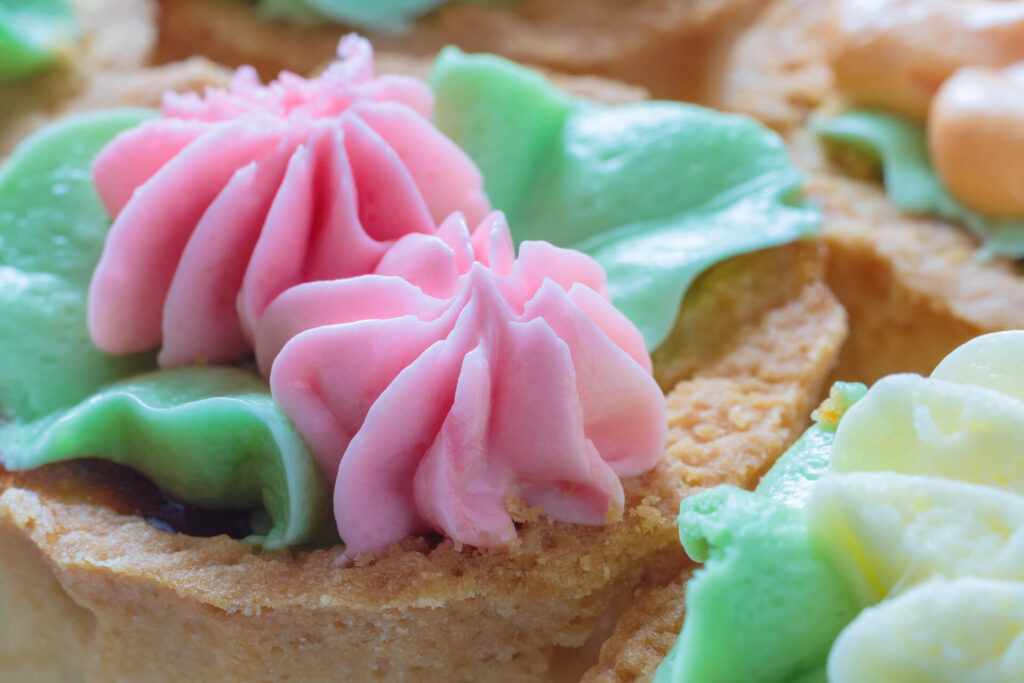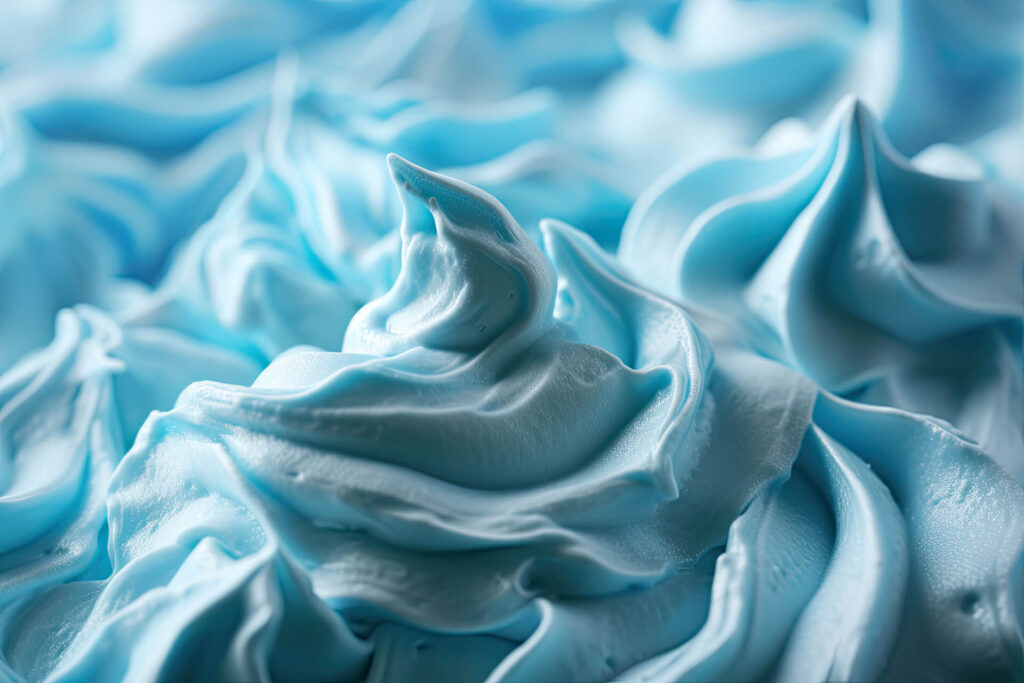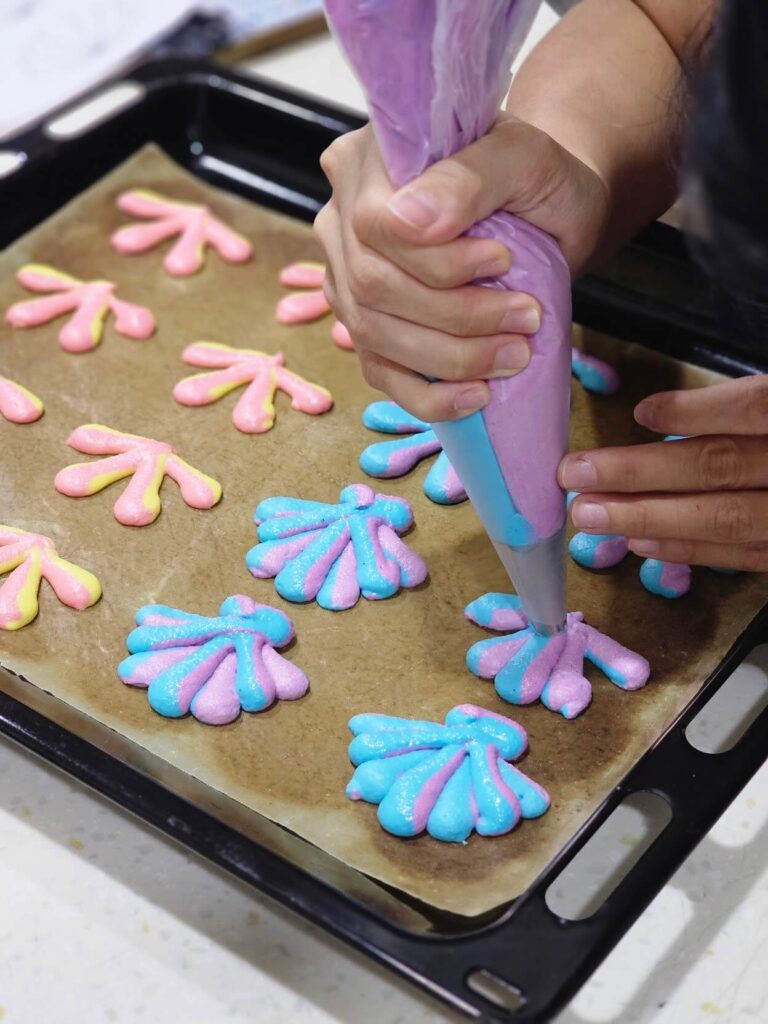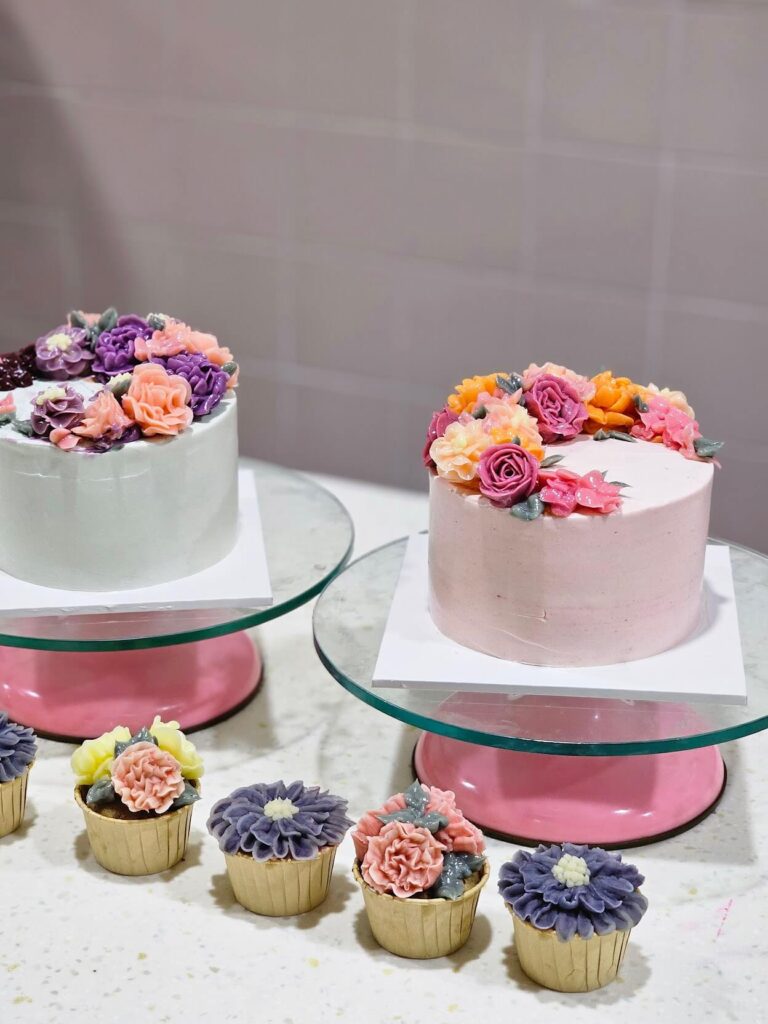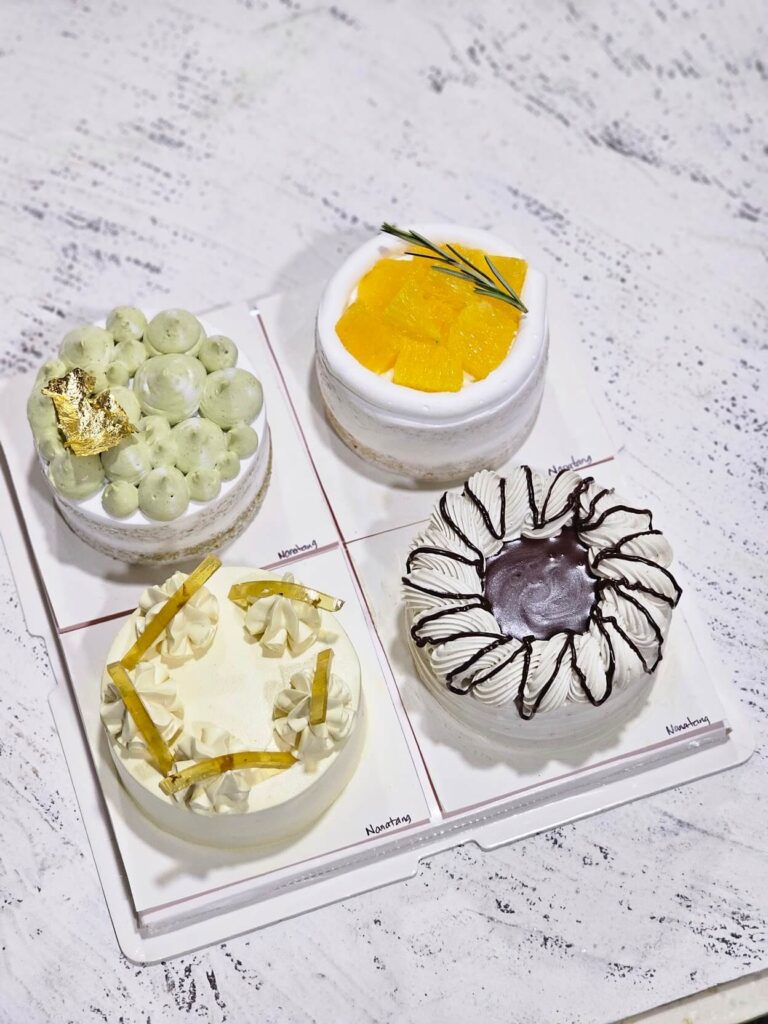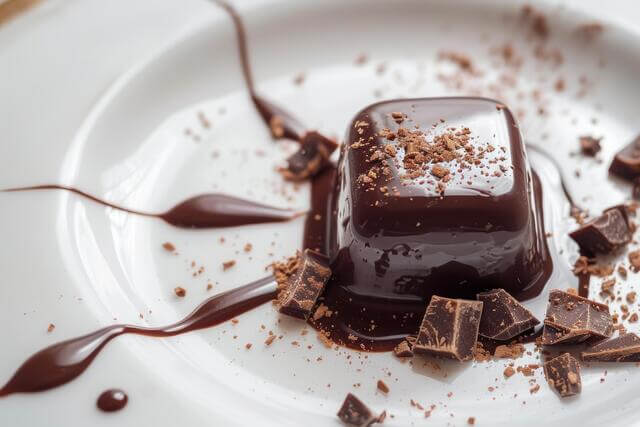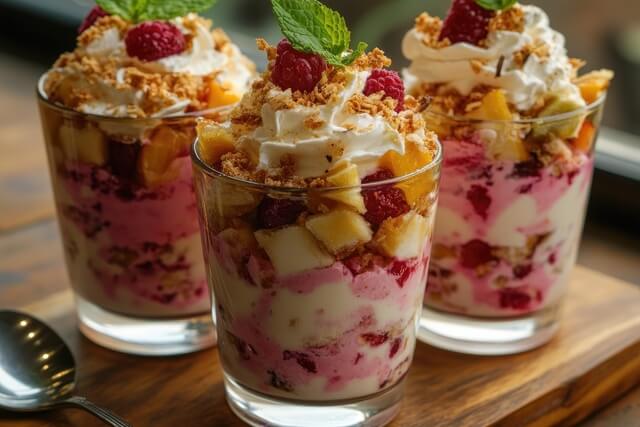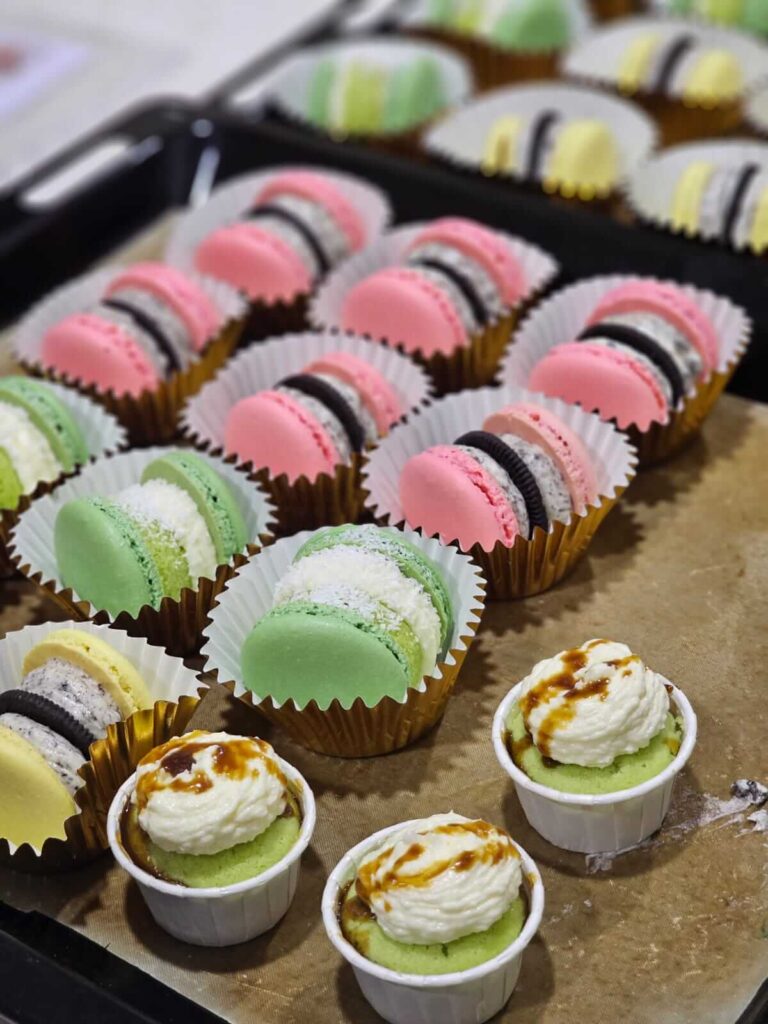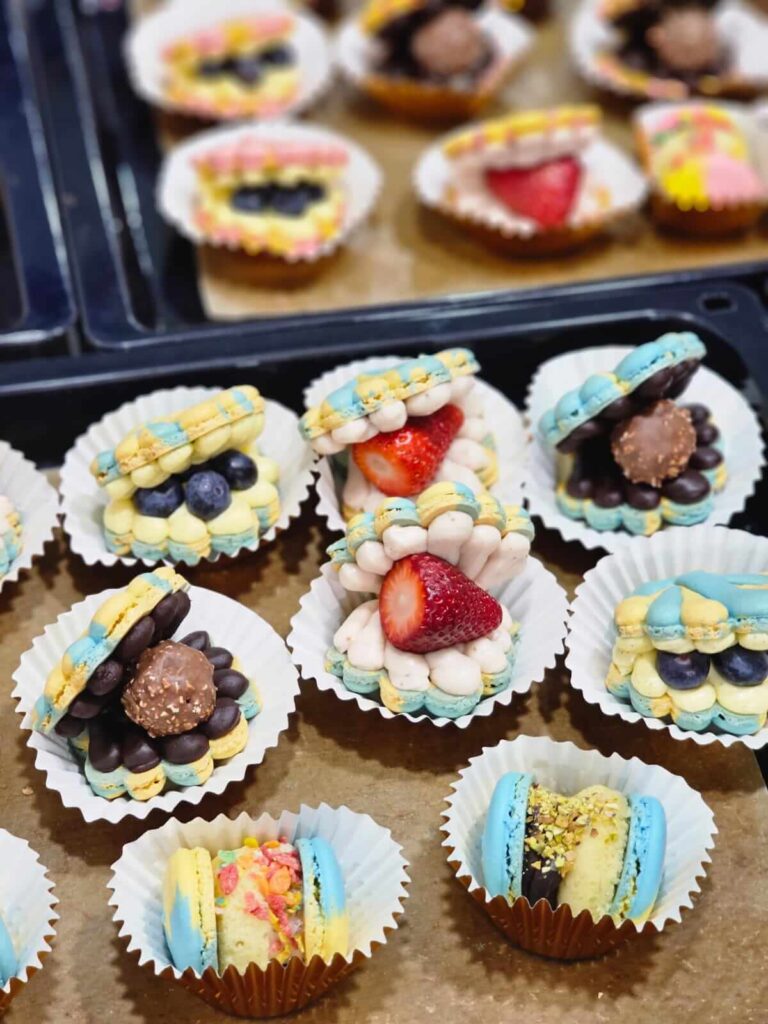Bento Cakes vs Traditional Cakes: Which One Fits Your Celebration?
Do you love cake but hate the guilt (or waste) that comes with oversized slices? Perhaps you’ve faced the dilemma of ordering a grand traditional cake, only for half of it to go stale in the fridge. Or maybe you’ve wished for a sweet treat that feels special without being excessive.
If you’ve ever felt overwhelmed by choices or pressured to stick with tradition when something fresh might suit better, this article is your guiding light. We’ll discuss the charm of bento cakes versus traditional cakes, so you can match your dessert to your event with ease.
Whether you’re planning a birthday, wedding, or just a cosy get-together, your ideal dessert match is but a few insights away!
Bento Cakes vs Traditional Cakes: What’s the Difference?

Okay, let’s settle this cake debate once and for all! You know those adorable little cakes that look almost too pretty to eat? Those are bento cakes—think of them as the perfect personal dessert (though enough for two), about the size of your hand (4-6 inches). They’re like the cupcakes’ fancier cousin—each one gets its own cute design, whether it’s dainty flowers, round little bears, or just something wacky. The best part? They’re light as air with the right amount of frosting, so you don’t feel guilty going back for seconds. And here’s an obvious telltale sign: more often than not, bento cakes are stored in bento boxes.

Now, traditional cakes? Those are the showstoppers—the big 8-inch or larger beauties that make everyone gather around when it’s time to cut. They’re pretty much what you picture at weddings when the couple does their fancy first slice, or at milestone birthdays when you need enough cake to feed the whole family. You’ve got everything from simple buttercream frosted numbers to those jaw-dropping tiered masterpieces that look like they belong in a bakery window. Texture-wise, they can be anything from dense fruitcake to cloud-like chiffon—there’s truly a traditional cake for every taste and occasion!
Here’s how we at Nanatang see it: want something personal and Instagram-worthy without leftovers? Bento cakes are your bestie. Hosting a big celebration where the cake needs to be the star of the show? Go traditional. But honestly? We’re secretly team “why not both”—after all, there’s never a bad time for cake.
Which Cake Suits Your Occasion?

Still not sure whether to go big or small? Here’s a quick breakdown of which events work best for each style.
Bento Cakes Are Ideal For:
- Intimate birthdays (small gatherings, office treats, or surprise deliveries)
- Anniversaries and date nights (a sweet, personal touch for two)
- Baby showers and gender reveals (easy to customise with themed toppers)
- Graduations (great as individual celebratory gifts)
- Corporate events (no cutting required—just serve and enjoy)
Traditional Cakes Are Ideal For:
- Weddings (a classic tiered cake never goes out of style)
- Milestone birthdays (think 18th, 21st, or 50th celebrations)
- Large family gatherings (where everyone wants a slice)
- Festive occasions (Christmas, Easter, or Diwali feasts)
- Charity bake sales (big cakes mean more servings to share)
Of course, rules are made to be broken! Some couples now opt for a stack of bento cakes instead of a wedding cake, while others order a small traditional cake for an intimate tea party. As cliché as it sounds, it’s all about what feels right for you.
How to Choose the Perfect Cake

If you’re deciding between cake styles, here’s a simple way to think about it. First, consider how many people you’re serving. Bento cakes work well for small groups of up to 5 people—they’re personal and prevent waste. For larger gatherings of 20 or more, a traditional cake ensures there’s enough to go around.
The style of your event matters too. Bento cakes offer modern, photogenic appeal perfect for casual get-togethers. Traditional cakes bring classic elegance that suits more formal celebrations like weddings or anniversaries.
Then comes the budget. Bento cakes can be cost-effective for small groups, while traditional cakes often provide better value when serving many guests. Consider convenience too—bento cakes are ready to serve, while traditional cakes make for a nice ceremonial moment when cutting.
Finally, consider how much personalisation matters to you. Bento cakes allow for delightful mix-and-match flavour options, while traditional cakes make a stunning singular statement. By weighing up these factors, we hope your choice has become crystal clear!
Why Not Bake Your Own? Join Our Cake-Making or Decorating Workshops!

If the idea of creating a bespoke bento cake or baking a homemade traditional sponge appeals to you, why not try making it yourself? At Nanatang, a baking studio, we offer relaxed, hands-on workshops designed to take the stress out of cake creation. Sometimes, we even skip right to decoration. We promise it’s like hanging out in your talented best friend’s kitchen!
Our expert instructors will guide you through baking the perfect fluffy sponge, suitable for both bento and larger cakes. You’ll learn professional decorating techniques, from achieving smooth buttercream finishes to mastering intricate piping designs. We’ll even share our secrets for creative flavour pairings that are guaranteed to wow your guests!
Whether you’re a complete beginner or a home baker looking to refine your skills, our classes are structured to be fun, rewarding, and completely stress-free. Imagine the pride you’ll feel serving a beautiful cake you made with love at your next celebration—that’s the kind of special touch no shop-bought cake can mimic.
The Choice is Yours, and Both Are Wonderful
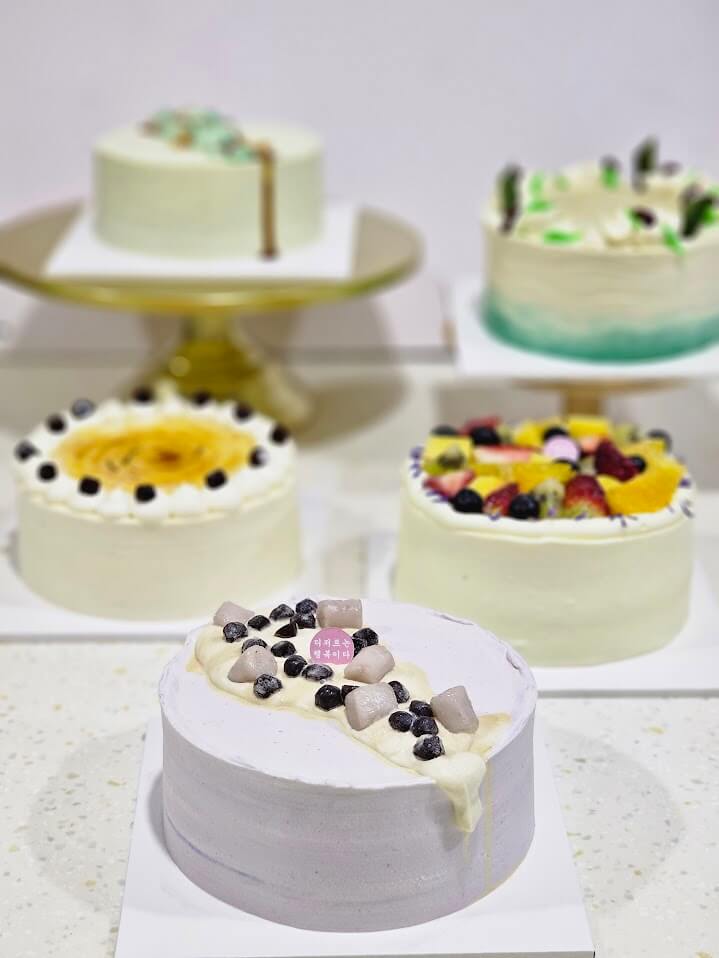
At the end of the day, it all boils down to: who’s coming, what’s the occasion, and what makes your heart happy! Tiny and trendy or big and classic—both are delicious ways to celebrate.
And if you’re feeling inspired to take your baking skills to the next level, remember Nanatang’s workshops are always available to help you create cakes as unique as your celebrations. Remember, the very best cakes aren’t just tasty—they’re made with joy, creativity, and a kind of love that not even a bakery can replicate. Qualities that can only come from you!
Join a baking class today and start creating cakes that are as special as your occasions! No experience needed—just bring your enthusiasm, and we’ll handle the rest.
